SMAC grant funds work at Marine Biological Laboratory in Woods Hole
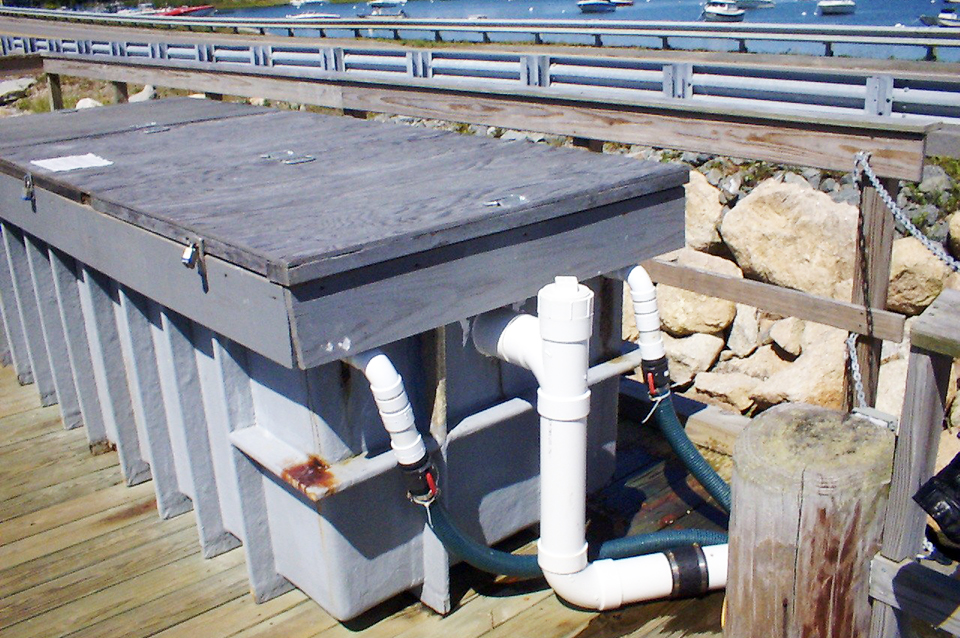
Culturing shellfish is an important industry in the northeastern United States for both private individuals and municipalities that stock local waters for commercial and recreational fisheries. One species commonly raised in this region is the quahog or hard clam (Mercenaria mercenaria).
With grant funding from Southeastern Massachusetts Aquaculture Center, the authors recently designed a recirculating system to grow quahog seedstock at the Marine Biological Laboratory (MBL) in Woods Hole, Massachusetts, USA. It could provide current and future growers with a cost-effective, self-contained system that could be used to hold quahogs through the winter and thus decrease mortality.
Current quahog culture
As with other bivalves, current culture techniques for quahogs have three phases, and each requires varying degrees of capital equipment, seawater, and technical expertise. The initial hatchery phase deals with the conditioning of broodstock, larval maintenance, and algae production. During the nursery phase, postlarvae are provided with large quantities of flowing seawater and fed algae until they are large enough to be field planted in submerged land or, less frequently, moved to a grow-out facility in phase three.
The growth and survival rates of the young clams during the nursery phase are directly related to several expensive and technically demanding factors: the quality and quantity of food the animals receive, and the temperature and volume of seawater with which they are provided.
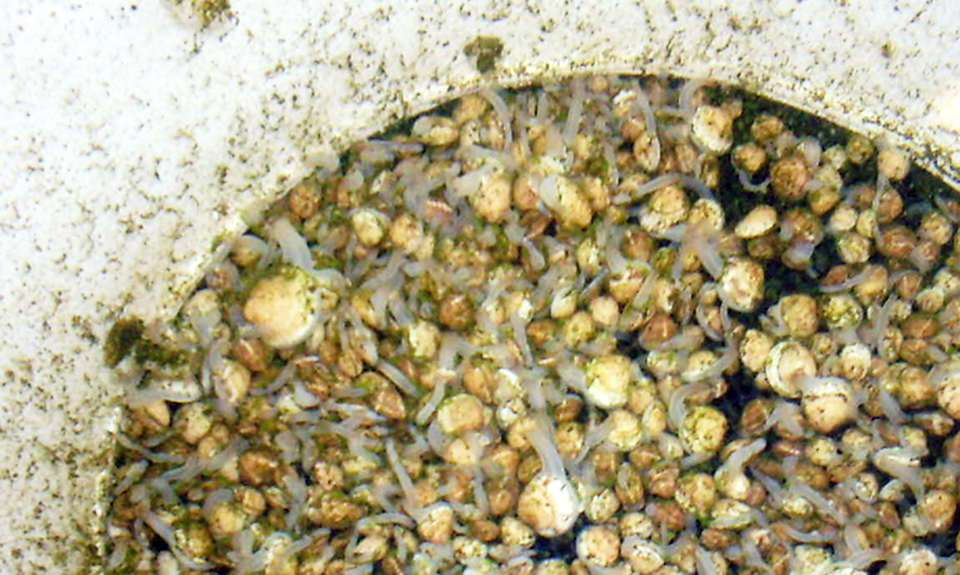
Most nursery efforts currently use shore-based pumping systems or tidal upwellers. Both systems are incapable of obtaining any significant growth when temperatures drop during the winter months. In some areas, freezing conditions prevent the continuation of nursery efforts through the winter, since ice formation hinders water flow.
Most operations are designed so that the majority of juveniles are large enough to be field planted before winter. However, thousands of undersized clams are also commonly planted as winter approaches, and these individuals have a greater risk of mortality. The reason for this “winter mortality syndrome” remains unknown. However, anecdotal evidence suggests the first-season size of young quahogs plays a role in subsequent winter survival. Mortality is probably more common among individuals with small body mass, since fewer resources are available for defense against disease and challenging environmental conditions.
Recirculating nursery alternative
The MBL system includes two major components: a 1,500-liter tank and filtration system and air-driven upwellers that float inside the tank. The upwellers were manufactured from 20-liter plastic buckets, fiberglass window screen, and schedule 40 PVC pipe. Depending on the location of the air inlets, the buckets could be operated at various flow rates as either upwellers or downwellers.
A primary goal of the project was to develop a system that shellfish growers with no prior experience with recirculation systems could easily manufacture and use. Thus, every effort was made to make the system fail-safe and easy to duplicate and operate with minimal labor and electrical power.
A round 1,500-l poly tank was used as the main holding tank, with all filtration equipment located outside the tank. The hydraulics required to keep dead algae aloft were incorporated into the design of the inlet and outlet of the tank, and all components required for biofiltration were designed to minimize the entrainment of algae. To minimize bacterial loading, ultraviolet sterilization was also incorporated into the system.
Solids that settled were collected via a 5-cm-diameter pipe fitted with a pool vacuum-type head in the center of the tank bottom. This pipe fed an adjacent settling tank. An airlift pump on the discharge end of the settling tank provided a 2- to 5-cm head difference between the settling tank and the water level in the poly tank. This head differential resulted in a flow rate of approximately 10 liters per minute from the center drain at the bottom of the tank through the settling tank and back into the main holding tank.
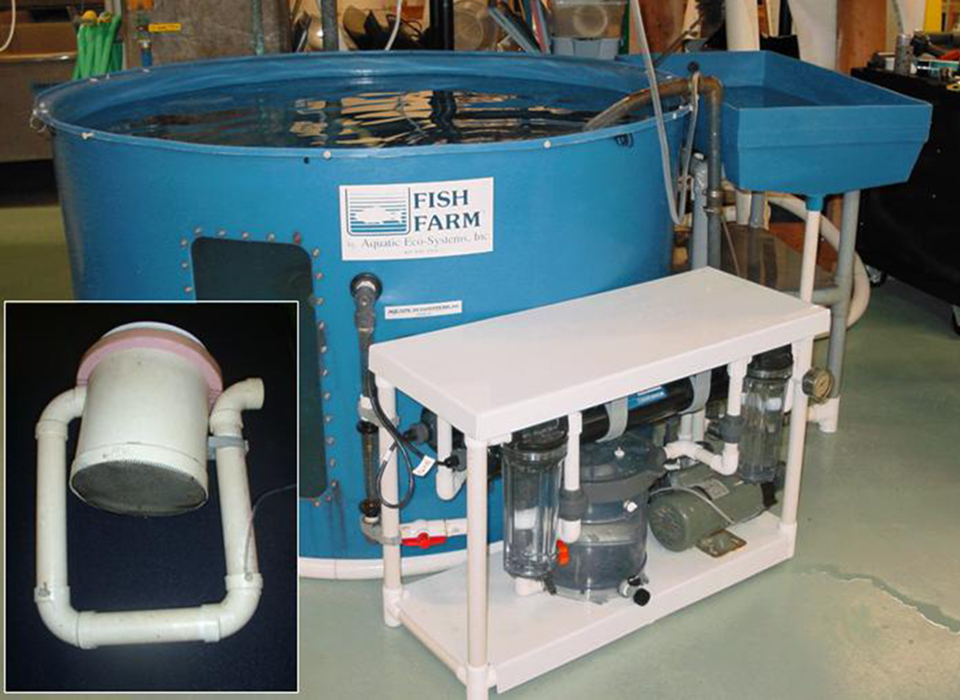
The inlet to the biofiltration and ultraviolet filters was located on the side of the poly tank 45 cm below the surface. Water was pumped through two 25-cm canister filters, a biofilter containing 14 square meters of coarse polystrand filter media, and two 25-watt ultraviolet filters. The canister filters were left void of filter media but were incorporated into the system in the event carbon and/or supplemental particulate filtration would be needed.
Water returning to the tank from the filtration skid was discharged back into the poly tank via a 1.5-cm-diameter “hoop” of plastic pipe placed around the circumference at the bottom of the tank. A series of 0.25-cm holes drilled radially from the 1.5-cm discharge pipe helped to induce a slight current across the bottom of the tank toward the center drain to facilitate removal of settled solids.
System operation
Prior to the introduction of seed, the system was filled with natural seawater chlorinated with bleach for 48 hours and then dechlorinated with sodium thiosulfate. Following this sterilization procedure, the system was inoculated with 5 liters of a commercial nitrifying bacteria preparation, and ammonia levels were raised to 10 ppm using ammonium chloride.
Once the biofilter was operating effectively, clam seed were placed into the upwellers. Proper acclimation of the biofilter was considered very important, since growers who might eventually use this system would not have easy access to large amounts of natural seawater and, therefore, water changes would be difficult.
In November 2002, the town of Falmouth, Massachusetts, supplied around 35,000 quahogs from pump-driven upwellers located in two different harbors along the coast of Cape Cod. The quahog juveniles, which ranged 6 to 18 mm in size, were divided among four upwellers. The juveniles were grown in the upwellers for 20 weeks in room-temperature seawater and fed a commercial diet of marine microalgae concentrate.
Though live algae can reportedly generate high grow rates, the culture of live algae is very labor-intensive; requires considerable space, energy, and expertise; and is usually the key factor preventing the successful culture of shellfish. Thus, it was important to investigate the use of prepackaged algal paste.
Each day, the quahogs were fed approximately 37 ml of microalgae concentrate – equivalent to feeding 2 percent of the total wet tissue weight in dry algae. The algae diet was a 1:1 mix of Tetraselmis and Isochrysis at a total cost of U.S. $336 over the entire period.
While the quahogs were held in the system, salinity, pH, ammonia, nitrite and nitrate all remained within acceptable levels. During week 10, nitrite levels began to rise above baseline and supplemental biofiltration was added by suspending a 0.4-cubic-meter bag of commercial biofilter media in the tank. Excess feces and detritus were siphoned every five weeks, and dechlorinated fresh water was added periodically to replace evaporative loss.
Mixed results
After 20 weeks of culture in the recirculating system, there was less than 1 percent mortality, but little shell growth. The overwintered quahogs have since been placed in traditional outdoor upwellers to determine if growth will resume.
The absence of significant growth in the system could have been a result of several factors, including how the microalgae were added to the system, properties of the static water system, or traits of the specific quahogs used in this study. A subsample of quahogs held in an identical upweller with flow-through water at the same temperature but fed live algae for the same time period did grow slightly.
Whether a system similar to the one described here would be a suitable option for culture depends on factors like the cost of seed and equipment, or the benefit of having a year-round quahog supply. Financial costs and mortality of other overwintering methods should be examined.
(Editor’s Note: This article was originally published in the December 2003 print edition of the Global Aquaculture Advocate.)
Now that you've reached the end of the article ...
… please consider supporting GSA’s mission to advance responsible seafood practices through education, advocacy and third-party assurances. The Advocate aims to document the evolution of responsible seafood practices and share the expansive knowledge of our vast network of contributors.
By becoming a Global Seafood Alliance member, you’re ensuring that all of the pre-competitive work we do through member benefits, resources and events can continue. Individual membership costs just $50 a year.
Not a GSA member? Join us.
Authors
-
Bill Mebane
Marine Biological Laboratory
Program in Scientific Aquaculture
7 MBL Street
Woods Hole, Massachusetts 02543 USA -
Steven Roberts, Ph.D.
Marine Biological Laboratory
Program in Scientific Aquaculture
7 MBL Street
Woods Hole, Massachusetts 02543 USA -
Scott Lindell
Marine Biological Laboratory
Program in Scientific Aquaculture
7 MBL Street
Woods Hole, Massachusetts 02543 USA -
Frederick Goetz, Ph.D.
Marine Biological Laboratory
Program in Scientific Aquaculture
7 MBL Street
Woods Hole, Massachusetts 02543 USA
Related Posts
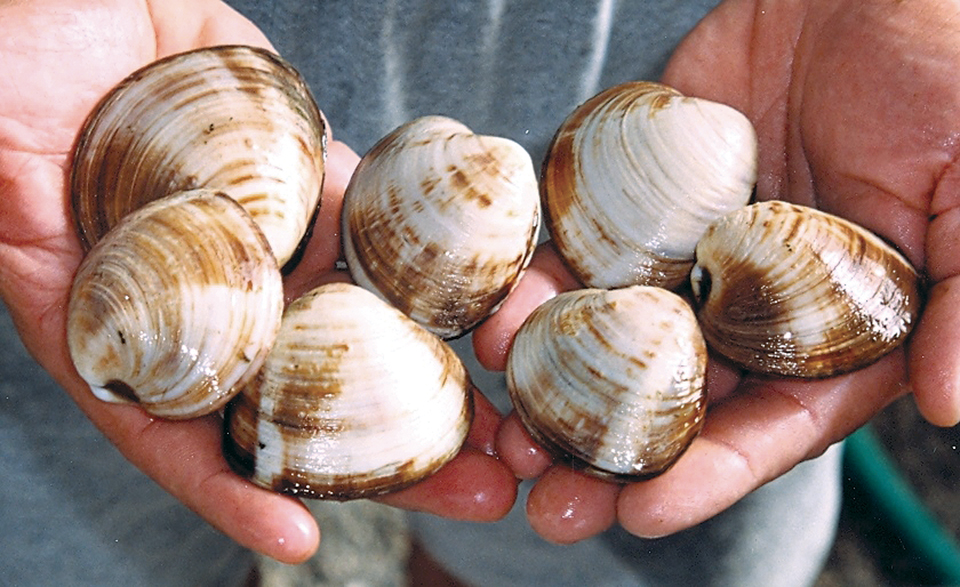
Health & Welfare
Temperature affects quality, safety of quahog clams
The rapid cooling of harvested quahog clams to achieve the product temperatures required by regulators and dealers can often result in mortalities due to thermal shock.
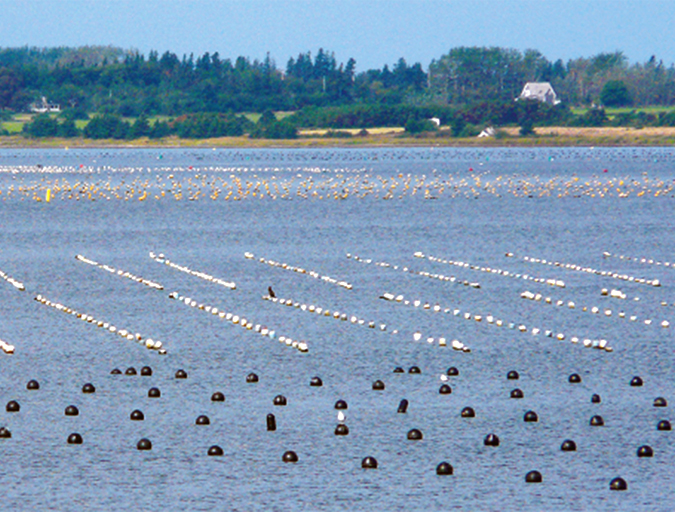
Innovation & Investment
Aquaculture in Canada: status, perspectives
Canada exports farmed seafood products to more than 22 countries and is the main seafood supplier to the U.S. market. Finfish, primarily salmon, production is strong and shellfish production is growing, but diversification will be imperative to maintain competitiveness.
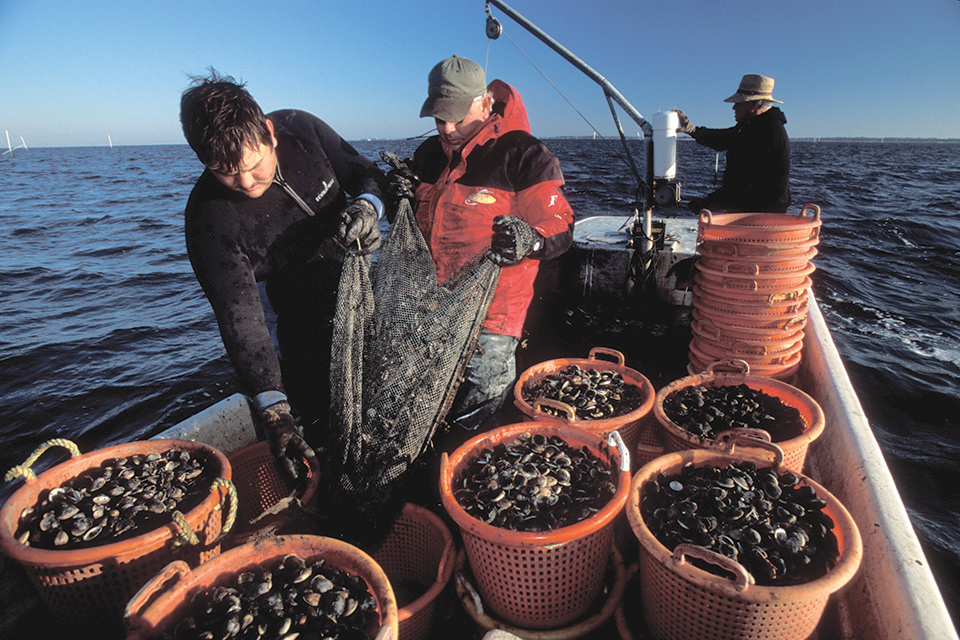
Intelligence
Research, extension efforts support hard clam industry in Florida
Breeding research is pursuing a hardier hard clam strain to improve survival during Florida’s hot summers. Diversification would support additional growth.
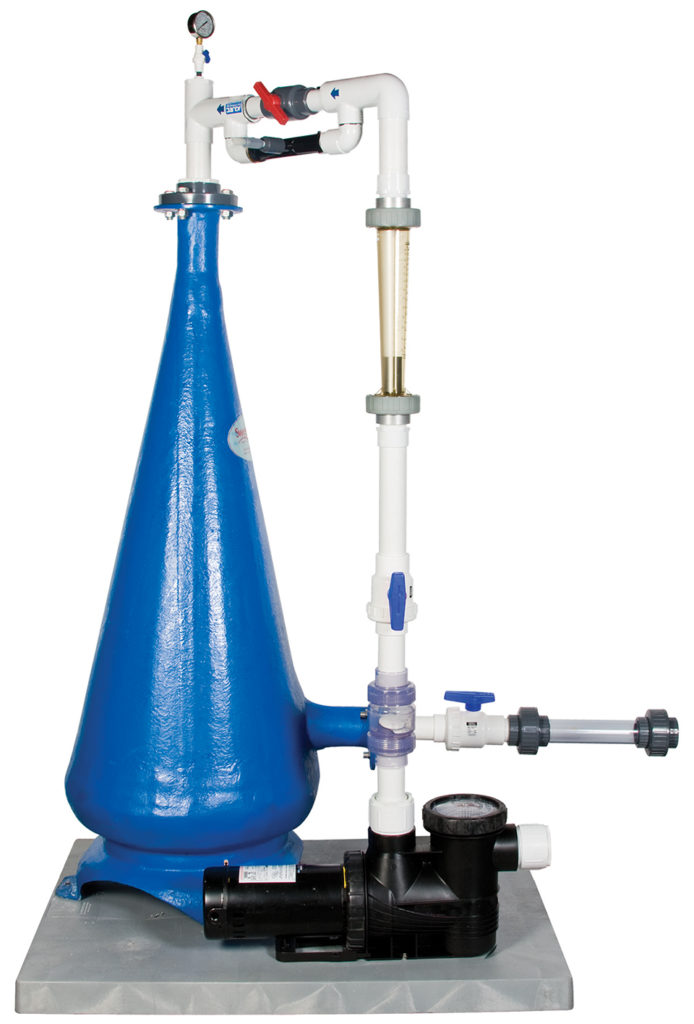
Responsibility
A look at unit processes in RAS systems
The ability to maintain adequate oxygen levels can be a limiting factor in carrying capacities for RAS. The amount of oxygen required is largely dictated by the feed rate and length of time waste solids remain within the systems.


